ARMADA: Using motif activity dynamics to infer gene regulatory networks from gene expression data
Posted in Publications, publishedNo Comment
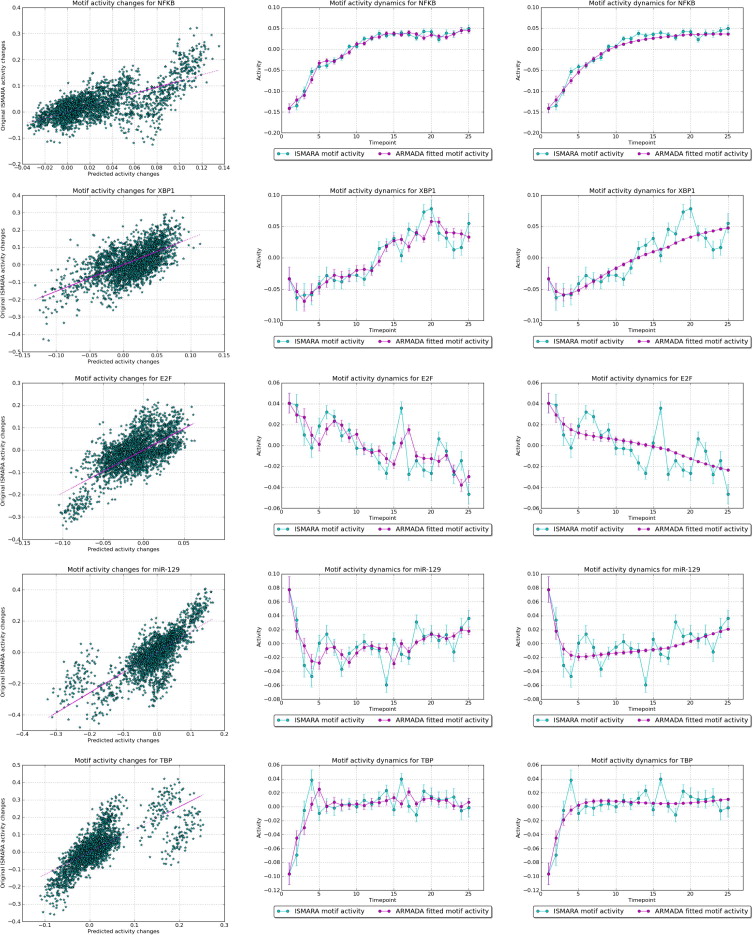
PJ Pemberton-Ross, M Pachkov, E van Nimwegen
ARMADA: Using motif activity dynamics to infer gene regulatory networks from gene expression data, Methods 2015 85:62-74,
doi: 10.1016/j.ymeth.2015.06.024
Abstract
Analysis of gene expression data remains one of the most promising avenues toward reconstructing genome-wide gene regulatory networks. However, the large dimensionality of the problem prohibits the fitting of explicit dynamical models of gene regulatory networks, whereas machine learning methods for dimensionality reduction such as clustering or principal component analysis typically fail to provide mechanistic interpretations of the reduced descriptions. To address this, we recently developed a general methodology called motif activity response analysis (MARA) that, by modeling gene expression patterns in terms of the activities of concrete regulators, accomplishes dramatic dimensionality reduction while retaining mechanistic biological interpretations of its predictions (Balwierz, 2014).
Here we extend MARA by presenting ARMADA, which models the activity dynamics of regulators across a time course, and infers the causal interactions between the regulators that drive the dynamics of their activities across time. We have implemented ARMADA as part of our ISMARA webserver, ismara.unibas.ch, allowing any researcher to automatically apply it to any gene expression time course. To illustrate the method, we apply ARMADA to a time course of human umbilical vein endothelial cells treated with TNF. Remarkably, ARMADA is able to reproduce the complex observed motif activity dynamics using a relatively small set of interactions between the key regulators in this system. In addition, we show that ARMADA successfully infers many of the key regulatory interactions known to drive this inflammatory response and discuss several novel interactions that ARMADA predicts. In combination with ISMARA, ARMADA provides a powerful approach to generating plausible hypotheses for the key interactions between regulators that control gene expression in any system for which time course measurements are available.
Short URL: https://tinyurl.com/yy7uwtsa

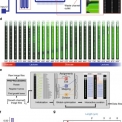
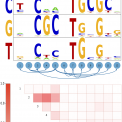
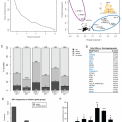
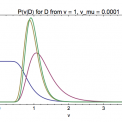
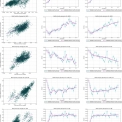
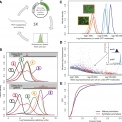



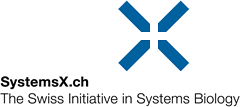
Comments and Reactions
No comments yet. Why don't you write one?